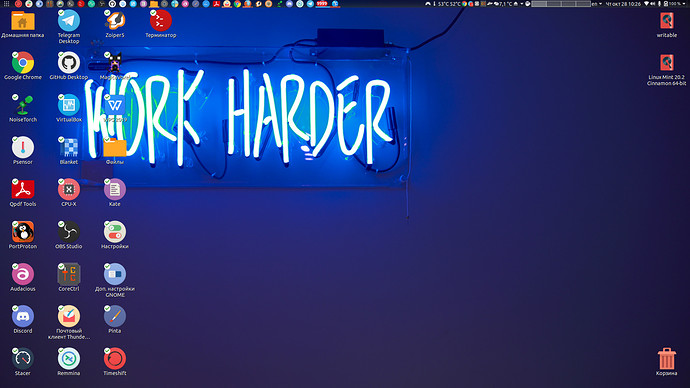I’ve been using Ubuntu since the first day it was released. I was shipped my free CDs and still have them. Moving from Debian it was amazing, clean and very polished. I’ve had some bumps along the way and brief switches to other distros, but in the end I’m happy with Ubuntu as my daily primary work (mostly) and home (always) desktop.
Some of the main niggles I have are:
- Wayland, let’s make it a first class citizen. I don’t know what’s missing, but it’s clear that some apps don’t work well with it, or are completely broken. I have to switch between X11 and Wayland all the time. Screen tearing on the default video player in X11 is unbearable. It doesn’t look great when I’m showing someone something and say “oh wait, let me log out, switch the graphics engine and start again”.
- Sometimes packages get into a bad state, my most recent one was nodejs. Oh and the nodejs ecosystem of packages is horrible.
- I have to agree with some of the snap discussions. I like snap, it seems to just work. But the snap apps are slow. I have to tell my partner “just wait” when Skype does not immediately open.
- Software - it’s very slow. This should be fast and easy to search. But I find it’s difficult to use, the search button is hidden in the top left (thanks Gnome). A search easily takes 10 seconds and the results are underwhelming. Also the search results don’t have much information. Some of the reviews are pretty bad and it’s difficult to judge the software based on the user reviews. Having “expert users” or “editors” make detailed review of software would be great.




